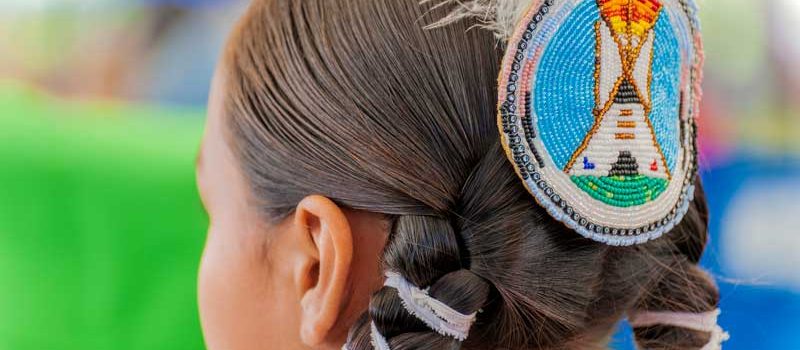
Roadmap to Fostering Native American Children
Navigating the DHS and tribal world can be a challenge. Here are a few tips to help you along the way.
This guide is to help keep your Native American/Alaskan Indian foster child/children connected to their heritage. When a child stays connected to their tribe and culture it gives the child/children their own identity and they have better self-esteem.
Things to know
Questions to ask the Child Welfare Specialist
- Ask which tribe the child belongs to.
- Ask for a copy of the tribal membership card and CDIB card (Certificate of Indian Blood).
- If the child/children do not have a tribal membership card or CDIB card, ask who can assist in obtaining this. Only the Child Welfare Specialist or Indian Child Welfare (ICW) worker can do this.
- If the child/children are eligible to be members of more than one tribe, it is up to the biological parents to decide. If the parents are not involved, refer to the tribes involved in the case.
- Ask who the ICW worker will be from the tribe that will be assigned (not all tribes will assign an ICW worker to the case). If the Child Welfare Specialist does not know, contact an OKDHS Tribal Coordinator to assist you.
- Each tribe offers different resources for tribal children, such as cultural camps during the summer or on-line language classes. Please refer to their website.
- Completing the Circle is an annual event DHS and Tribes collaborate together to assist in keeping children connected to their culture.
Questions to ask the ICW Worker
- Ask what programs/resources are available to the child and how to access them. Some tribes have cultural packets they send out and some do not.
- Some tribes will require the child to live in their tribal jurisdiction to access programs or resources.
- Ask for any customs or ceremonies you should be aware of to ensure the child stays connected to their culture. Ask about cutting the child’s/children’s hair.
What if there is no ICW worker?
Locate the tribal website and go to the culture tab on the site. There should be a contact number or email to ask the above questions. Some tribes will have Elders who can advise you.
If you are unable to locate tribal information on their website, contact an OKDHS Tribal Coordinator to assist you.
If you live in Tulsa County
The case will be heard in the new Indian Child Welfare Act (ICWA) Court. ICWA Court is a state court which hears all the Native American cases on one specific day and by a specific judge. Tulsa County also has ICWA units to whom the case will be assigned. An ICWA unit is simply a unit who works more closely with tribes.
If you have additional concerns or questions, ask your Child Welfare Specialist or an OKDHS Tribal Coordinator.
Fostering a Native American Child
Remember, every Tribe is different and unique.
There are 38 Federally Recognized Tribes in Oklahoma. The majority of these tribes only have one or two ICW workers on staff to serve the entire United States.
Tribes are Sovereign Nations and can choose to become involved or not involved at any time during the life of the case. Think of a tribe as if it is a country with their own policies and laws. Each tribe has their own placement preferences but can change the order at any time.
If a child does not live in their tribal jurisdiction to access programs/resources, but lives in another tribe’s jurisdiction, you can contact that tribe to see if they serve Native American children who are not members of their tribe. Not all tribes do this, so please contact the tribe in which you live in their jurisdiction.
Adopting a Native American Child
- There must be a Good Cause Hearing for or all placements-kinship, tribal and non-tribal and adoption. (Good cause is a hearing where the judge determines that there is “Good Cause” not to follow a tribe’s placement preferences and that OKDHS has done all that they can do to locate an ICWA compliant placement)
- The tribe must agree to the adoption and sign documents stating such.
- If the child is eligible to be a member of two or more tribes, this should be included in the adoption papers. This allows the child to identify, enroll, or unenroll with the tribe of their choice upon adulthood.
Hair Care
In several tribes, a person’s hair can represent a close cultural identity. This close identity to culture promotes self-esteem, sense of belonging and self-respect. As part of practicing self-respect, Native American Children are taught to take good care of their hair and to let it grow.
Please do not cut a child’s hair until it has been approved by the child’s tribe and parents.
Thank you for fostering our Native American/Alaskan Indian children!
